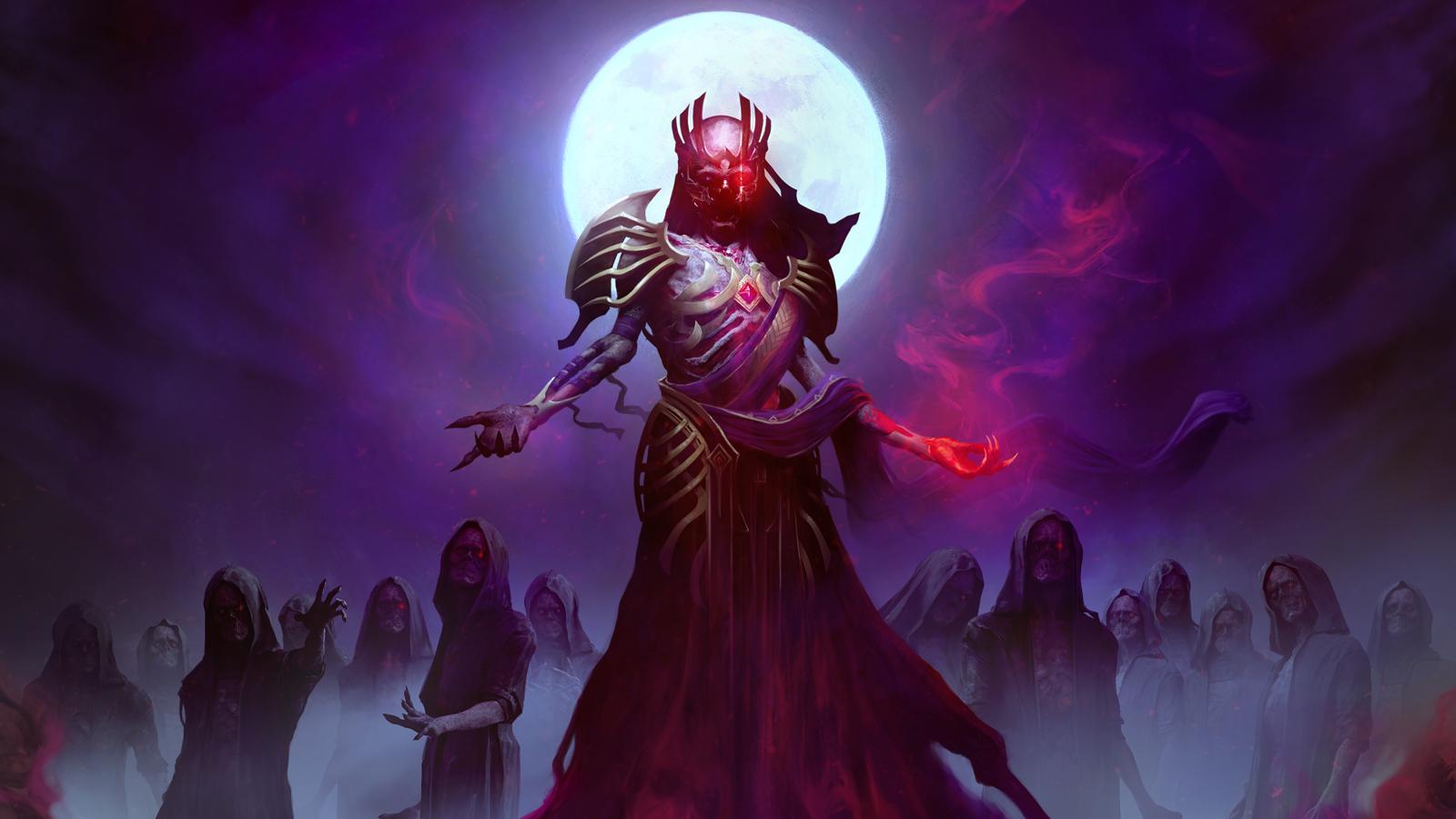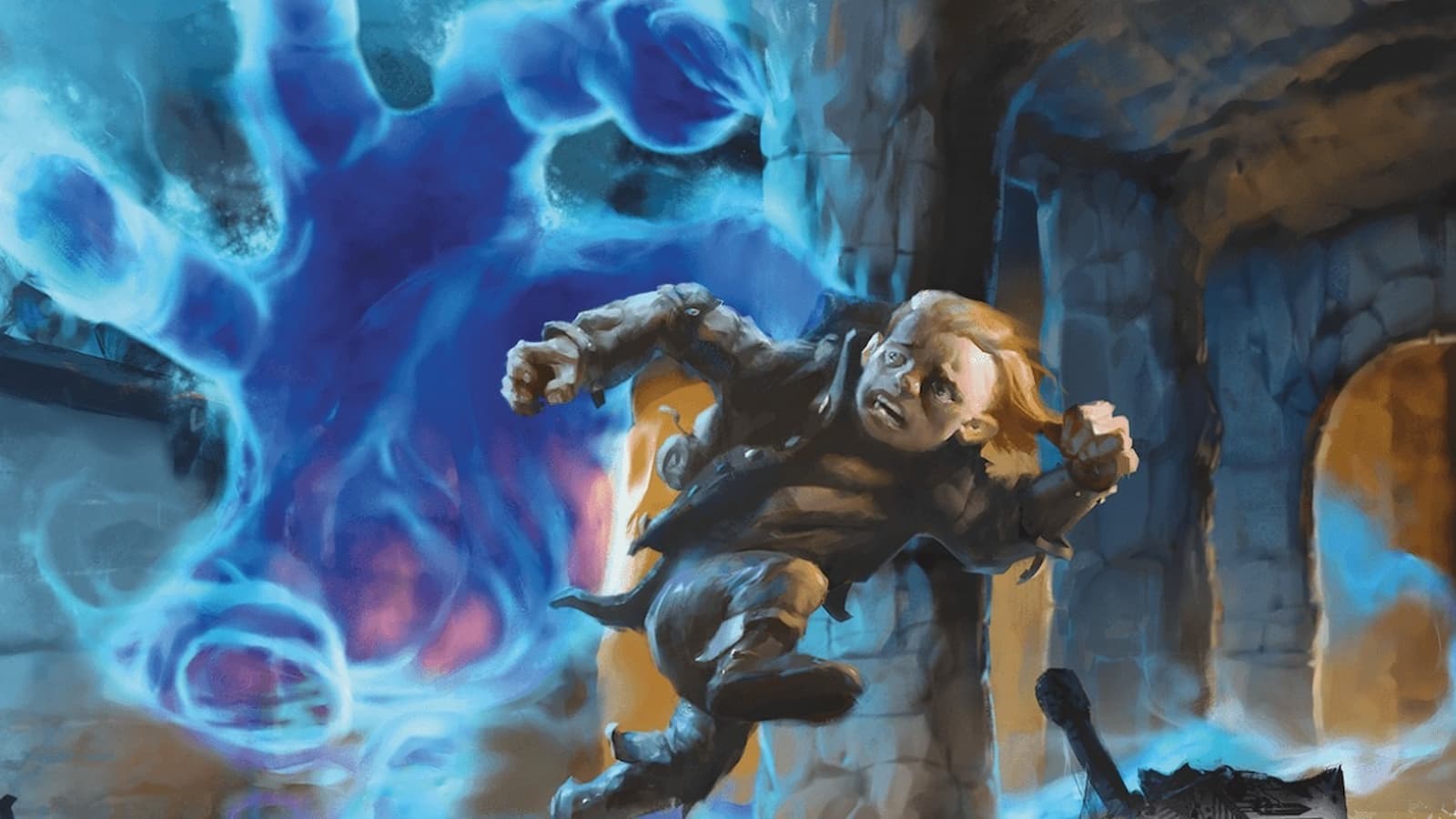D&D 5e Multiclass Guide: Build the perfect class combo
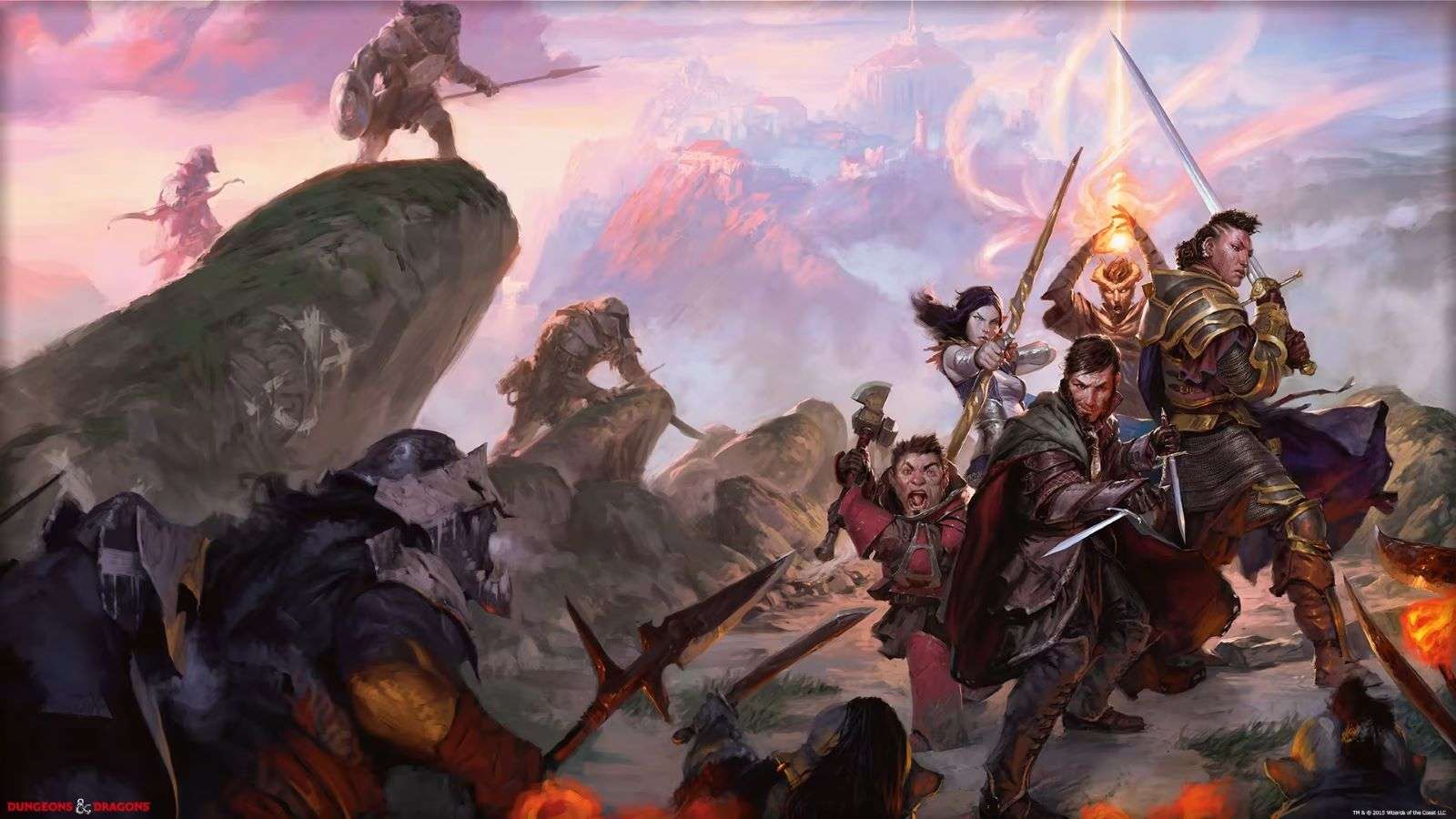 Wizards of the Coast
Wizards of the CoastLooking to customize your character and pick up another class in D&D 5e? We’ll show you how to juggle abilities from Bards, Fighters, Wizards, and more.
Dungeons & Dragons‘ classes are arguably as iconic an element of the game as the titular dragons and dungeon-raiding. From Paladins to Warlocks, these roles have taken on a life outside of the classic fantasy figures that inspired them.
However, you don’t have to stick to just a single class in D&D 5e, as multiclassing allows you to combine elements of different classes into one.
We’ll walk you through the ins and outs of multiclassing, from level and stat requirements to multiclass spellcasting, to help you build your ideal D&D character.
Ability score requirements to multiclass in D&D 5e
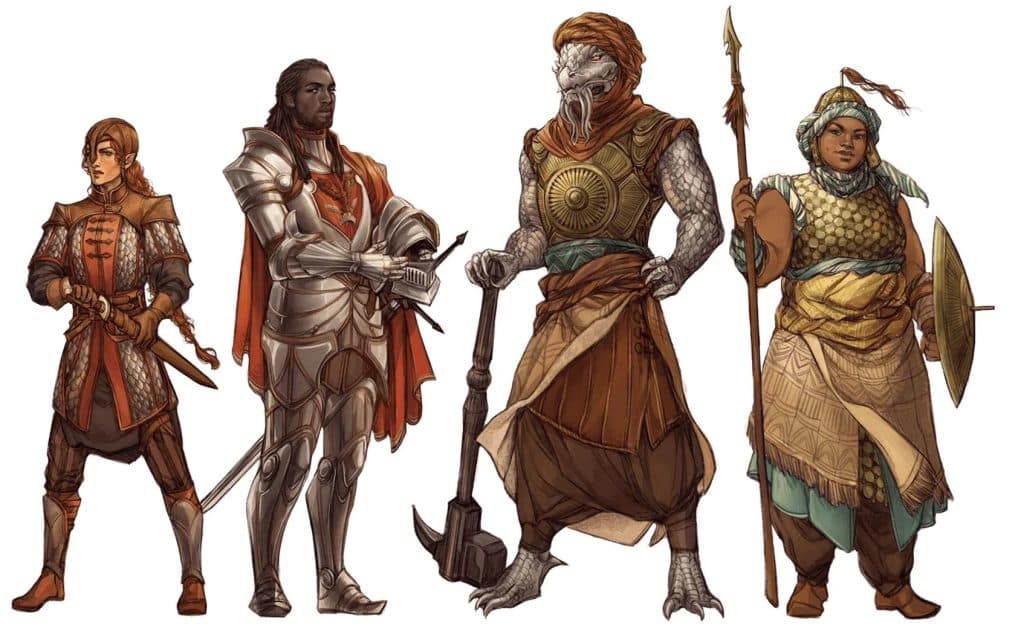 Wizards of the Coast
Wizards of the CoastIn a rather significant change from D&D 5e, Baldur’s Gate 3 prioritizes player freedom by allowing you to completely re-spec your character from the ground up, re-distributing abilities scores, proficiencies, and more. And any character, no matter how good or bad their stats may be, can try out any class at all.
However, D&D 5e requires that the primary stat of the class you wish to multiclass into is a minimum of 13. As with most things in D&D, your Dungeon Master could make an exception, but this rule serves to dissuade any character that would fare mechanically poorly as the chosen class.
The minimum ability score requirements to multiclass into every D&D 5e class are below:
| Class | Stat requirements |
|---|---|
| Artificer | Intelligence 13 |
| Barbarian | Strength 13 |
| Bard | Charisma 13 |
| Cleric | Wisdom 13 |
| Druid | Wisdom 13 |
| Fighter | Strength 13 or Dexterity 13 |
| Monk | Dexterity 13 and Wisdom 13 |
| Paladin | Strength 13 and Charisma 13 |
| Ranger | Dexterity 13 and Wisdom 13 |
| Rogue | Dexterity 13 |
| Sorcerer | Charisma 13 |
| Warlock | Charisma 13 |
| Wizard | Intelligence 13 |
Being the only class that offers you multiple ways to meet its minimum stat requirement, Fighter is the most permissible multiclass option. This befits its reputation as a ‘default’ starter choice.
Paladin, Monk, and Ranger are more difficult to multiclass with, as the requirements of two specific ability scores can be challenging for many characters to invest in, outside of their primary abilities.
Proficiencies gained from multiclassing
It’s important to note that Multiclassing in D&D 5e does not grant you the exact same benefits as starting at level 1. While you will gain all of the class features for the new level you take, you do not gain access to that class’ starting saves, skill proficiencies, or equipment. Instead, you will gain access to a limited list of proficiencies that differ depending on the class you choose.
| Class | Multiclass Proficiencies Gained |
|---|---|
| Artificer | Light armor, medium armor, shields, thieves’ tools, tinkerer’s tools. |
| Barbarian | Shields, simple weapons, martial weapons. |
| Bard | Light armor, one skill of your choice, one chosen musical instrument. |
| Cleric | Light armor, medium armor, shields. |
| Druid | Light armor, medium armor, shields. |
| Fighter | Light armor, medium armor, shields, simple weapons, martial weapons. |
| Monk | Simple weapons, shortswords. |
| Paladin | Light armor, medium armor, shields, simple weapons, martial weapons. |
| Ranger | Light armor, medium armor, shields, simple weapons, martial weapons, one skill from the class’s skill list. |
| Rogue | Light armor, one skill from the class’s skill list, thieves’ tools. |
| Sorcerer | No new proficiences gained. |
| Warlock | Light armor, simple weapons. |
| Wizard | No new proficiencies gained. |
Duplicate abilities from different classes
Occasionally in 5e, multiple classes share the same ability, such as most martial classes gaining the Extra Attack feature. When multiclassing grants you multiple instances of the same ability or proficiency, it is treated as if you only have one instance of that ability.
Neither Unarmored Defense nor Extra Attack from two or more different classes stack, and gaining Channel Divinity from multiple classes adds to the effects that the ability can create but does not grant an extra charge for Channel Divinity itself.
How multiclass spellcasting works in D&D 5e
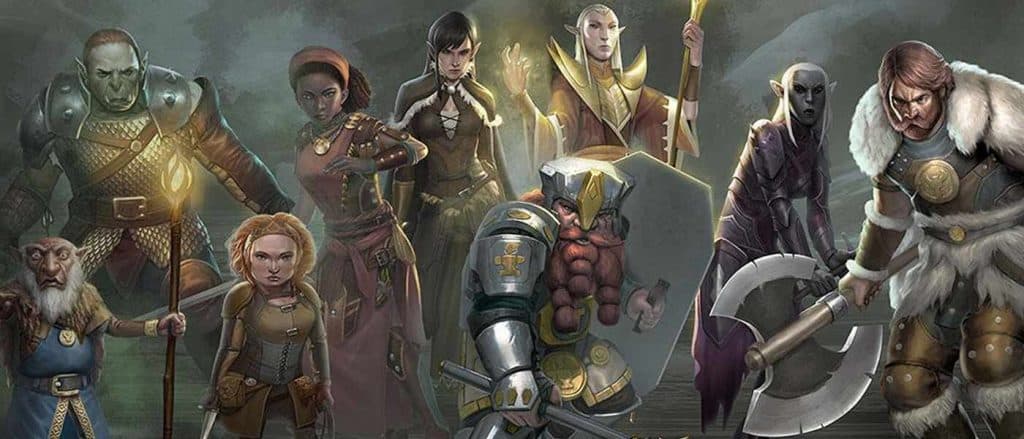 Wizards of the Coast
Wizards of the CoastThe spells that you know and prepare as a multiclass character are calculated individually. For example, if your character has five Sorcerer levels and four Bard levels, they would know six Sorcerer spells of up to third level, and seven Bard spells of up to second level.
Different spells from different classes will utilize their associated class’ spellcasting ability, Wisdom for Druids, Intelligence for Wizards, and so on.
As for the spell slots that you have access to as a multiclass character, that depends on exactly what type of casters you have levels in; full, half, or third.
Full casters are D&D 5e’s primary spellcasting classes, those that derive most of their power and abilities from magic. Their spell slots range from 1st to 9th level. Bards, Clerics, Druids, Sorcerers, Wizards and Warlocks are all full casters (though Warlocks operate under different rules for the purpose of multiclass spellcasting).
Half casters are hybrid classes with access to spell slots that max out at 5th level slots. In 5e, these are Artificer, Paladin, and Ranger.
Third casters are martial classes granted spell slots through their subclass. These are currently limited to the Eldritch Knight Fighter and Arcane Trickster Rogue.
When calculating how many spell slots your multiclass character has access to, add together all of your levels in full caster classes, half your levels rounded down in half caster classes, and one-third of your levels rounded down in third caster classes. The total will be represented in the table below.
| Level | 1st | 2nd | 3rd | 4th | 5th | 6th | 7th | 8th | 9th |
|---|---|---|---|---|---|---|---|---|---|
| 1st | 2 | – | – | – | – | – | – | – | – |
| 2nd | 3 | – | – | – | – | – | – | – | – |
| 3rd | 4 | 2 | – | – | – | – | – | – | – |
| 4th | 4 | 3 | – | – | – | – | – | – | – |
| 5th | 4 | 3 | 2 | – | – | – | – | – | – |
| 6th | 4 | 3 | 3 | – | – | – | – | – | – |
| 7th | 4 | 3 | 3 | 1 | – | – | – | – | – |
| 8th | 4 | 3 | 3 | 2 | – | – | – | – | – |
| 9th | 4 | 3 | 3 | 3 | 1 | – | – | – | – |
| 10th | 4 | 3 | 3 | 3 | 2 | – | – | – | – |
| 11th | 4 | 3 | 3 | 3 | 2 | 1 | – | – | – |
| 12th | 4 | 3 | 3 | 3 | 2 | 1 | – | – | – |
| 13th | 4 | 3 | 3 | 3 | 2 | 1 | 1 | – | – |
| 14th | 4 | 3 | 3 | 3 | 2 | 1 | 1 | – | – |
| 15th | 4 | 3 | 3 | 3 | 2 | 1 | 1 | 1 | – |
| 16th | 4 | 3 | 3 | 3 | 2 | 1 | 1 | 1 | – |
| 17th | 4 | 3 | 3 | 3 | 2 | 1 | 1 | 1 | 1 |
| 18th | 4 | 3 | 3 | 3 | 3 | 1 | 1 | 1 | 1 |
| 19th | 4 | 3 | 3 | 3 | 3 | 2 | 1 | 1 | 1 |
| 20th | 4 | 3 | 3 | 3 | 3 | 2 | 2 | 1 | 1 |
Warlock is the exception to the multiclass spellcasting rule, as their Pact Magic feature does not function in the same way as regular spellcasting. Pact Magic slots are treated as separate from multiclass spell progression, but Pact Magic slots can be used to cast spells gained from other classes, and vice versa.
Best multiclass dip options in D&D 5e
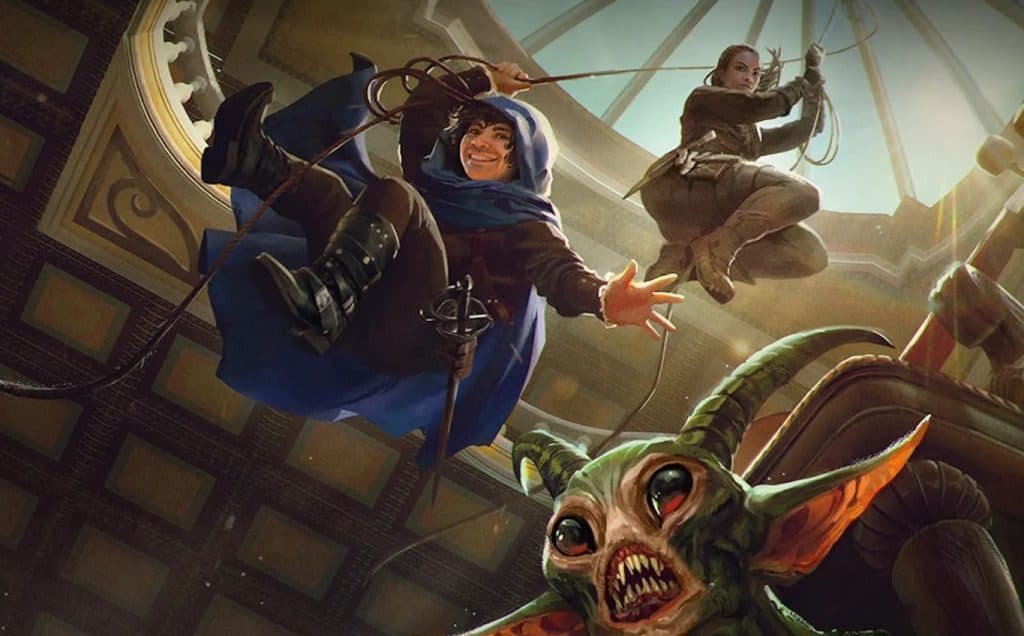 Wizards of the Coast
Wizards of the CoastTaking a ‘dip’ is adding a small number of multiclass levels to a build that primarily focuses on another class. A dip into another class is intended to get the most value from a new class’ early levels, without taking so many levels that it throws off progression for your starting class.
Warlock (Hexblade) 1
The Hexblade Warlock’s first level is absolutely stacked, providing bonuses to a wide variety of playstyles. The Hexblade’s Curse feature is an incredibly versatile option for combat, increasing critical hit chance, adding a proficiency bonus to each damage roll, and restoring some HP when the cursed opponent is defeated.
Shield being added to the warlock spell list is excellent for high Armor Class (AC) builds. But the most important reason for many to pick up a level in Hexblade is the Hex Warrior ability. Hex warriors allow Charisma to be used in place of Strength or Dexterity for attack and damage rolls, vastly improving the utility and overall power of otherwise multi-ability-dependent classes like the Paladin.
Paladin (any) 2
The Paladin’s toolkit is great all around, with great proficiencies and the Lay On Hands ability granting some healing to classes that might not otherwise have access to it. Taking two levels in Paladin provides access to Divine Smite, allowing spellcasters with any form of melee capability to convert their spell slots into huge bursts of damage.
Fighter (any) 2
Fighter’s armor and shield proficiencies can add a good bit of survivability to any multiclass. But what you’re really here for is Action Surge, allowing you to briefly double your output once per short rest.
Action surge isn’t just for the martial combatants either. The extra action afforded by action surge can be used to cast a second spell, dramatically altering the course of a battle in a single turn.
Rogue (any) 1
A single level in Rogue is beneficial for almost any class, thanks to Expertise being granted at level 1. Adding double your proficiency bonus to two skills of your choice is an excellent way to hone in on what your character excels at. And, as an added bonus, a single dice of sneak attack is a not-inconsiderable damage boost to any martial character.
That covers it for multiclassing in 5e. We hope you’ll take it into consideration when planning your next character, and use all the options available to customize them exactly as you’d like.
If you click on a product link on this page we may earn a small affiliate commission.
